


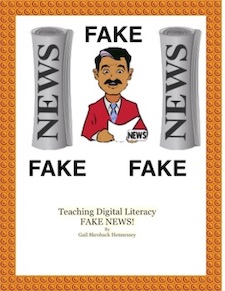
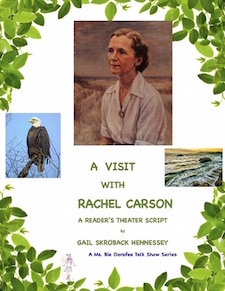
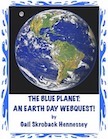
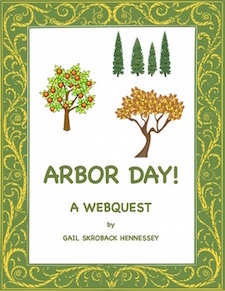
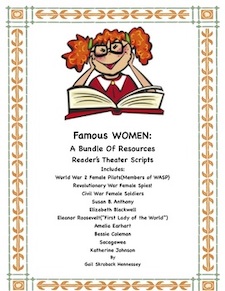
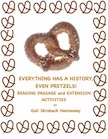
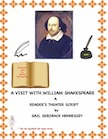
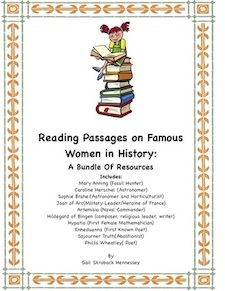


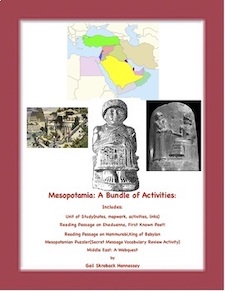
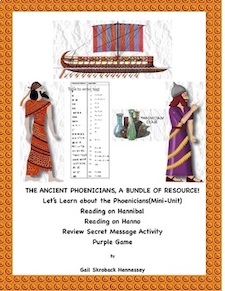
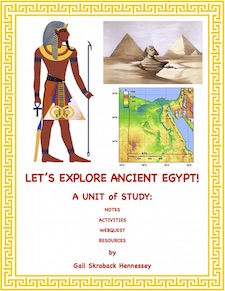
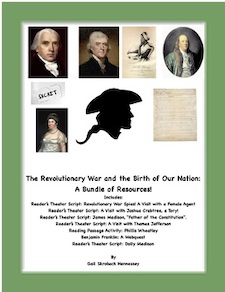
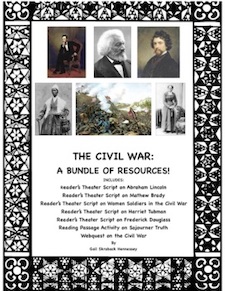

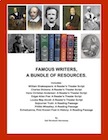
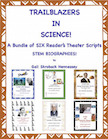

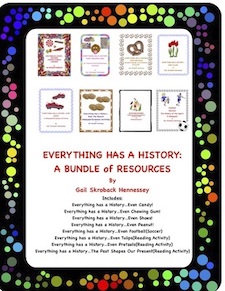

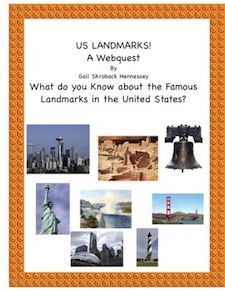
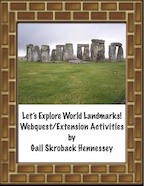
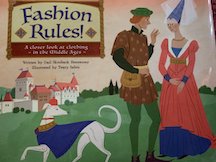
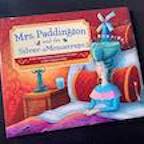
My Book-Mrs. Paddington and the Silver Mousetraps
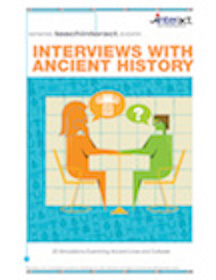


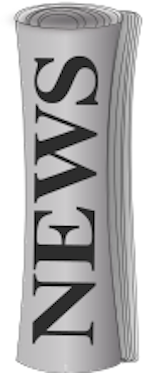

Anti-Bullying Resources
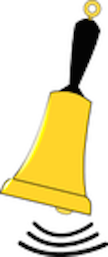
Bell Ringers!
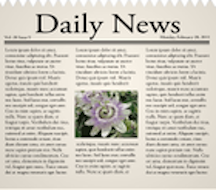
Updated regularly
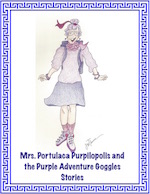
Mrs. Portulaca Purpilopilis
and the Purple Adventure Goggles




Facts to Wow your Friends!

 Teaching Ideas!
Teaching Ideas!
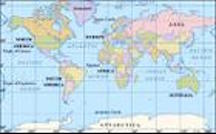


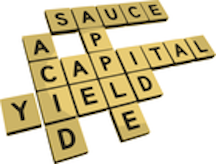

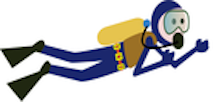


Mrs. Waffenschmidt

`




Mail Gail:
 Gail Hennessey
Gail Hennessey
Kelly Gleason

Maritime Archaeologist
Kelly Gleason says,"If you love exploration,the ocean, and learning more about the past, maritime archaeology is a great occupation!" Kelly and her team recently discovered the 1823 whaling ship, the Two Brothers,off the coast of Hawaii. The ship capsized and sank after it hit a coral reef during a storm. It is believed that author,Herman Melville's "Moby Dick", and the pursuit of Captain Ahab, to find the white whale that had taken his leg, was based on the stories of the "Two Brother's" whaling captain,George Pollard. Much of the wooden ship is gone after 188 years under the sea, but artifacts including hooks to strip whale blubber, pots,and harpoons have been uncovered to date.
1. Can you explain to young people, just what is a maritime archaeologist? Being a maritime archaeologist is a little bit like being an underwater detective. My job involves exploring the ocean, often times using SCUBA or snorkel, and interpreting clues on the sea floor. These clues might be shipwreck artifacts, sunken aircraft, or parts of submerged structures like wharfs or jetties. They help us answer questions about history and seafaring in the past.
2. What is the best part of your career choice? The best part of my career choice is probably the fact that I get to work with amazing people such as biologists, geologists, oceanographers, and chemists, who all have a similar interest in exploring and better understanding the ocean, its resources, and the environment in which these shipwrecks sites are lost. It can be hard work, but all of it is a lot of fun, and extremely rewarding when you have the opportunity to discover something new!
3. What is the most difficult aspect of your career choice? I can't say that there are many difficult aspects of my career choice. Because I work in such a remote location (the Northwestern Hawaiian Islands), my work takes me away from home for about a month at a time. While I'm gone I miss my friends and my routine at home, but I always make new friends and have incredible experiences that I would never trade for anything. So truly, there are no drawbacks that I can think of!
4. What are some of the differences between a land archaeologist and a marine archaeologist?Maritime archaeologists use many of the very same methods that a terrestrial archaeologist would use during their work on land. The biggest different is the environment we are working in. Shipwrecks often occur in dark, deep or turbulent water, so documenting shipwreck sites in these challenging environments adds another unique aspect to what a maritime archaeologist does. Also, because we often document sites underwater using SCUBA gear, we can't talk to each other, so you have to have a good understanding of what your job is before you jump in the water. Good communication and teamwork is important!
5. How did you get interested in your career choice? Did anything in your childhood or school spark your interest? I became interested in maritime archaeology as a career when I was in high school, and I first heard about it as a potential career choice. I was excited because I was really interested in a career that would take me underwater, and let me explore the ocean. However, my favorite subject in school was history. When you tell people that you want to have a career underwater, most people tell you to become a marine biologist. Maritime archaeology is perfect for people who want to get underwater, but love history and literature and want to understand the human part of the ocean's history.
6. Tell something about your recent discovery of the "Two Brothers". The discovery of the "Two Brothers" shipwreck site was exciting. But one of the greatest things about this project is that it really shows the way that being a maritime archaeologist is a lot like being an underwater detective. It took us almost 3 years to identify the shipwreck site as the "Two Brothers". When we first found the site, we knew we found an important whaling shipwreck site from the 1800s, but we weren't positive which one. We had to collect more clues, do research in libraries and consult with experts to finally come up with our answers. The long process of identifying the shipwreck site was rewarding, and shows that there are a lot of little details involved in identifying a shipwreck site.
7. How can young people prepare now for a career in marine archaeology? To prepare for a career in maritime history, read lots of books,especially about the history of the ocean, and literature about ocean voyages and sailing ships! Not everyone who is an underwater archaeologist has to dive, or even get wet, but everyone who is an underwater archaeologist has to have a love and understanding of the history of the sea, and the way that men and women have been sailing around the world for centuries.
8. Do you have a specific memory you might share with young people about your career choice? The exciting thing about working in a remote place like the Northwestern Hawaiian Islands is the fact that you are able to work in a very "wild" place. The Northwestern Hawaiian Islands haven't been impacted by human activity in the same way that the main Hawaiian Islands have. Last year, I was diving on a sunken aircraft site at Midway Atoll with 5 other scientists. On our way to the surface (we were ascending very slowly) we came face to face with a very large female tiger shark. Though I tried to remain calm, my heart was beating a mile a minute and I was imagining the worst. But the shark just checked us out and swam away with an entourage of fish around her. It was a magnificent sight, and once my heart calmed down, I realized I had come face to face with something really incredible. It also made me realize that sharks often get a bad reputation, but they are often just curious about who is swimming in their "pool." I still think back on that moment and kick myself because I was so awestruck I didn't take a photo even though I had one in my hand!
9. What are some of the marine life you have seen while on a "dig"?The Northwestern Hawaiian Islands are a fantastic place for conducting work in a truly breathtaking environment. Hawaiian monk seals are extremely rare to see in the main Hawaiian Islands, and they are a frequent visitor while conducting work in this area of Hawaii. Most of the shipwreck sites are havens for fish who use the structure as shelter and habitat. I am always completely enchanted when I see a manta ray, they are just these enormous, peaceful and streamline creatures. There are also dozens of seabirds who visit us while we work, often peeking down at us while we work beneath the water, or landing nearby when we surface. For a bird enthusiast, the Northwestern Hawaiian Islands are a remarkable place.
10. Anything else you'd like to share with young people about your career choice?Finding shipwrecks is a combination of doing good research, having good instincts and working with great people. There is of course, a little bit of luck in there, too. Conditions have to be favorable, since shipwrecks happen in places where the waves can pound on the reef, and bad weather can make it impossible to work. You can look for shipwrecks a number of different ways: diver surveys, remote sensing (towing equipment behind a boat that will notice metal and structure on the sea floor), and in the case of the "Two Brothers", we were "tow-boarding". Tow-boarding is a lot of fun, and it involves towing snorkelers behind a small boat moving at a slow speed. The snorkelers scan the sea floor and watch for anything that looks like a shipwreck site. This allows us to cover a large area where we think a shipwreck may be lost.